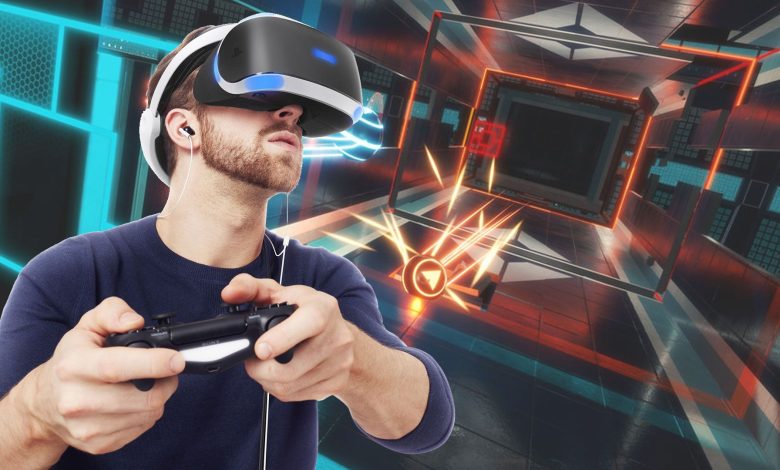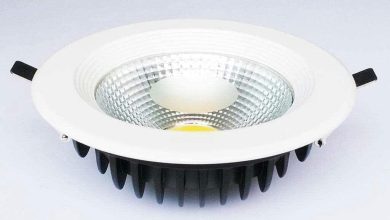How to Optimize VR Game Performance in Unity

How to Optimize VR Game Performance in Unity
Virtual Reality (VR) gaming continues to push the boundaries of immersive experiences, with Unity at the forefront of accessible and powerful game development tools. For
developers, ensuring smooth and responsive gameplay is paramount to the success of a VR game. This article dives deep into optimization techniques for VR game
performance in Unity, offering invaluable insights for those looking to enhance their AR/VR services or hire Unity developers specialized in VR.
Understanding Performance Needs
VR games require high frame rates and low latency to provide a comfortable and immersive experience. The standard is to aim for at least 90 frames per second (FPS) in each eye to prevent motion sickness and disorientation. Achieving this requires efficient use of resources and optimization of every aspect of the game, from graphics to code.
Profiling and Benchmarking
Before diving into optimizations, it’s crucial to identify performance bottlenecks. Unity’s Profiler tool is indispensable here, providing detailed insights into where resources are being used and how the game performs on target hardware.
Key metrics to monitor include:
- Frame rate
- GPU and CPU usage
- Memory usage
- Rendering times
Optimizing Graphics Performance
Graphics usually consume the most resources in VR games. Reducing the load can significantly boost performance.
Simplify Models and Textures: Use lower polygon models and compress textures
without noticeably affecting visual quality. Tools like Simplygon can help automate this process.
Level of Detail (LOD): Implementing LOD for models will reduce the rendering load at distances where high detail is unnecessary.
Optimize Shaders: Use simpler shaders for objects that don’t require complex effects, and consider using Unity’s Shader Graph to customize efficient shaders.
Bake Lighting: Wherever possible, use baked lighting instead of real-time lighting to save on performance.
Streamlining Game Logic
The efficiency of the game’s underlying code is just as crucial as graphical optimization.
Optimize Scripts: Use efficient data structures and algorithms. Regularly profile your scripts to find and fix slow sections of code.
Reduce Physics Calculations: Simplify collision meshes and use layers to limit physics calculations to relevant objects only.
Pooling Objects: Instead of instantiating and destroying objects frequently (like bullets in a shooter game), use an object pool to reuse objects.
Handling VR-Specific Challenges
VR poses unique challenges due to its dual rendering for each eye.
Single Pass Stereo Rendering: This feature in Unity allows you to render both eyes in a single pass, significantly reducing the load on the CPU and GPU.
Asynchronous Timewarp (ATW) and Interleaved Reprojection: These techniques help maintain fluid frame rates even when the game can’t hit the target FPS by adjusting the image based on head movement.
Testing and Iteration
Test your VR game on actual hardware frequently. What works in the editor might not perform well in an actual VR environment. Ensure that you involve users in testing to gather feedback on the VR experience and performance.
Optimizing VR game performance in Unity demands meticulous attention to detail. This guide delves into crucial techniques such as efficient rendering, resource management, and script optimization. By leveraging Unity’s built-in profiling tools and adopting best practices, developers can ensure smooth frame rates and an immersive VR experience, enhancing player satisfaction and the game’s overall success.
Conclusion
Optimizing VR game performance in Unity is a continuous process that involves understanding hardware limitations, rigorously testing, and iterating based on
performance data. Developers looking to specialize in AR/VR services should consider these techniques, and teams looking to expand might want to hire Unity developers with specific expertise in VR performance optimization. These optimizations not only
enhance the player’s experience but also broaden the game’s accessibility to various systems, ensuring a wider audience can enjoy the VR world you’ve created.




